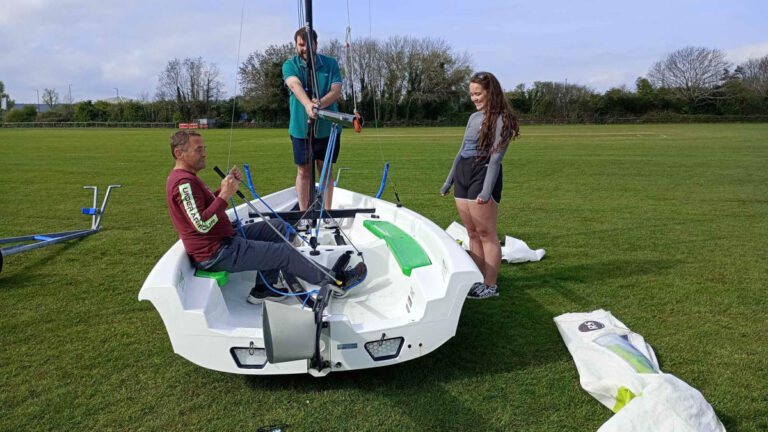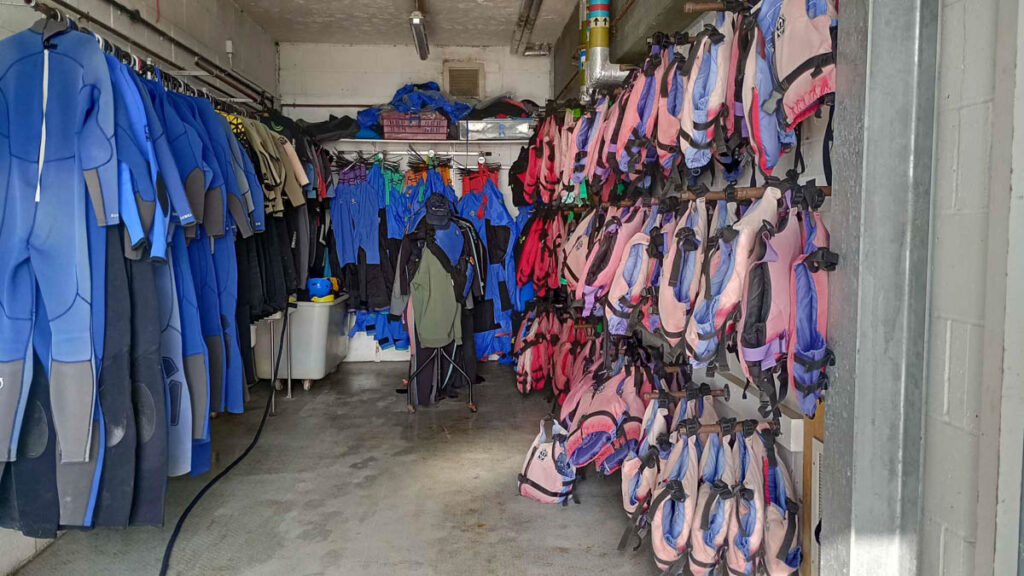Sailing has often been a skill that many of us divers tend to pick up at some point or other during our dive careers. The two go hand in hand in many ways and compliment each other. Being safe under the water and above it are key to any water sport and having the knowledge and skill to understand water movement, tides, signage etc are all vital.
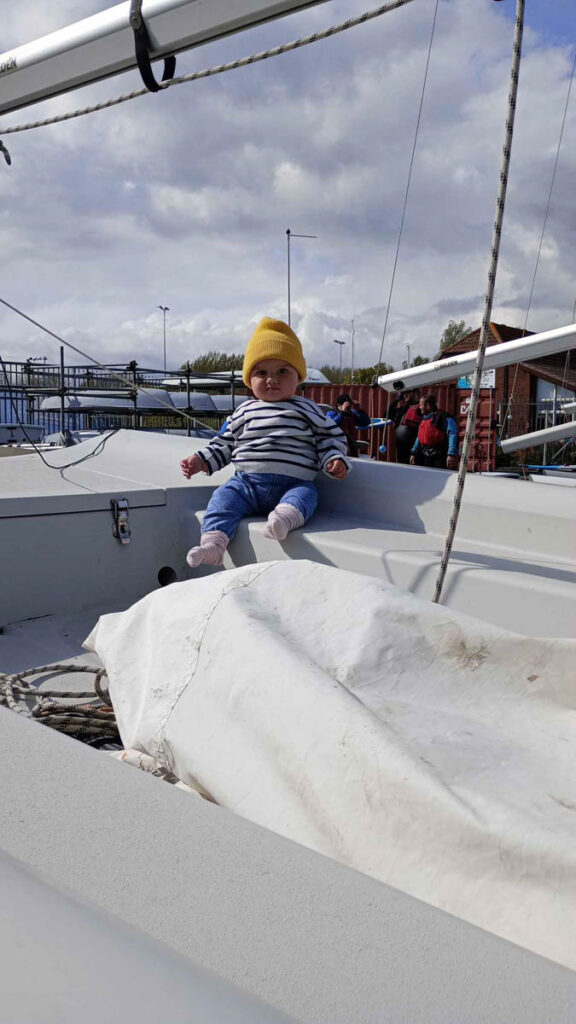
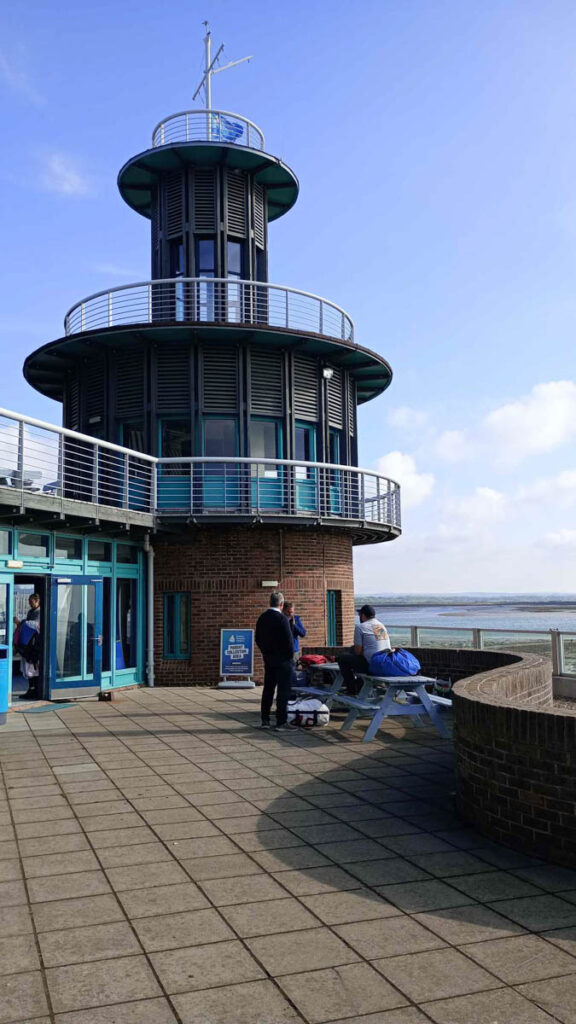
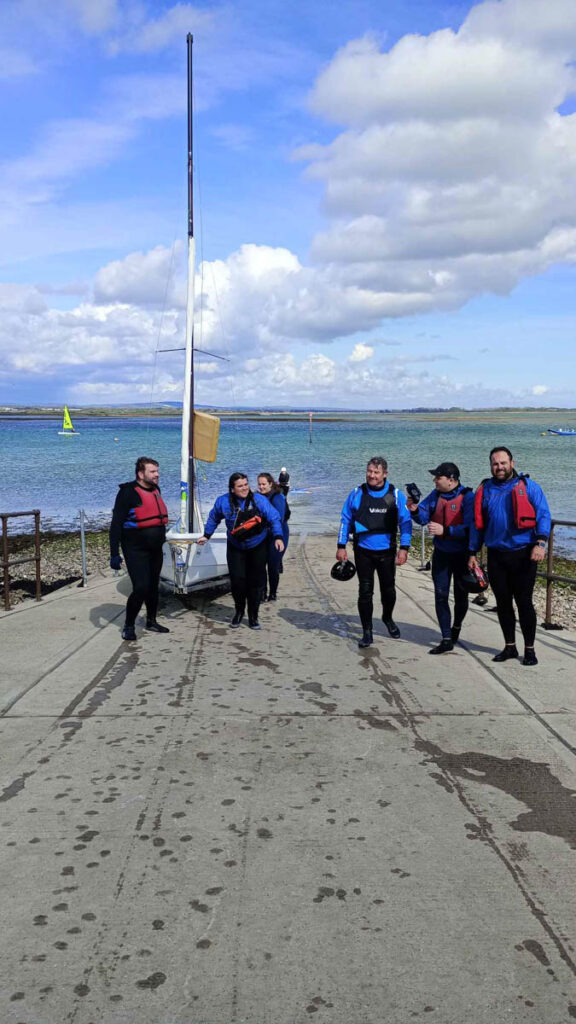
The Andrew Simpson Centre offer a huge variety of courses for all ages and are passionate about engaging, motivating and enabling people to train, learn and reach their full potential.
The Diabetic Diver, Sam Stimpson jumped on an RYA Level 1 course with the team from beginner level and progressed quickly over the 2 day course to a confident base level sailor. Managing his Type 1 by considering things like in water time, physical exertion and his general stress and anxiety levels over learning new water skills including drill capsizing were add on course considerations.

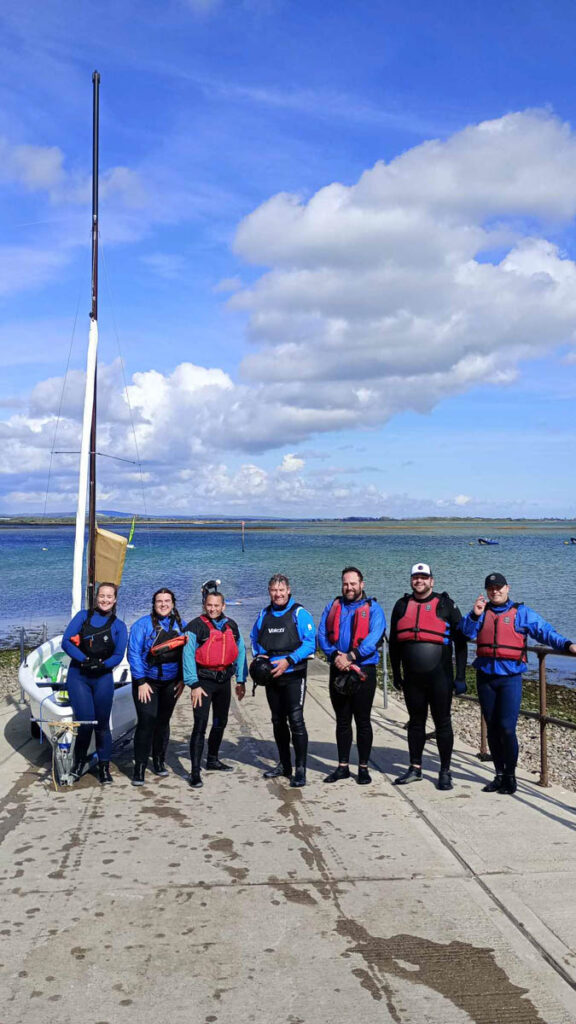
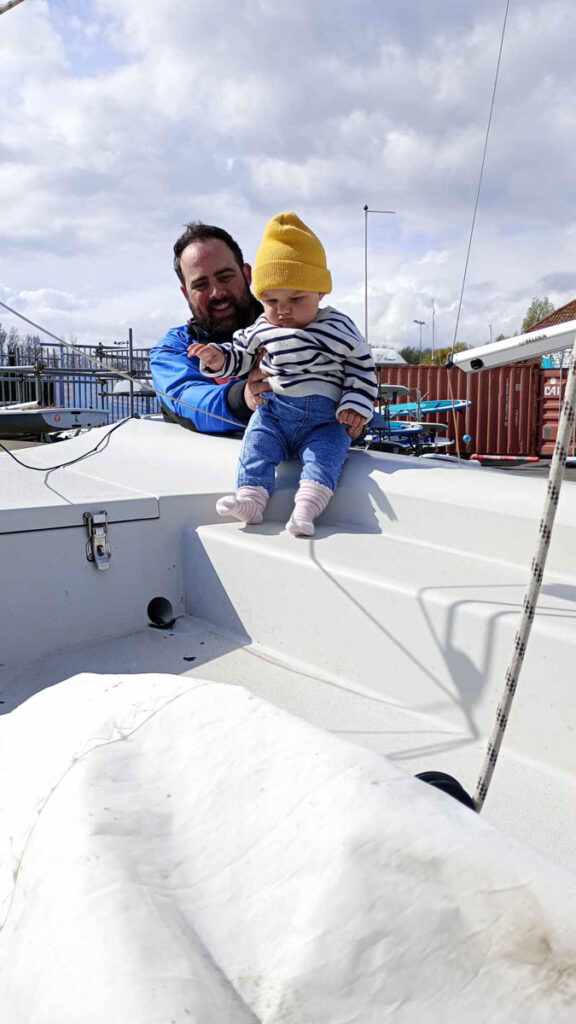
The first noticeable feature of the course was the experince level of the Instructors. It was clear to see the high level of teaching standards and confidence expected and adopted by the training facility. They were noticeably passionate about their sport and very able.
The base level RYA course is a gateway and path into the marine and maritime industry but also just for fun and recreation. By learning key skills including rigging, launching and turning the boat students learn to handle a boat and manoeuvre it safely. These skills can be used all over the World in the many environments with the support of local knowledge.
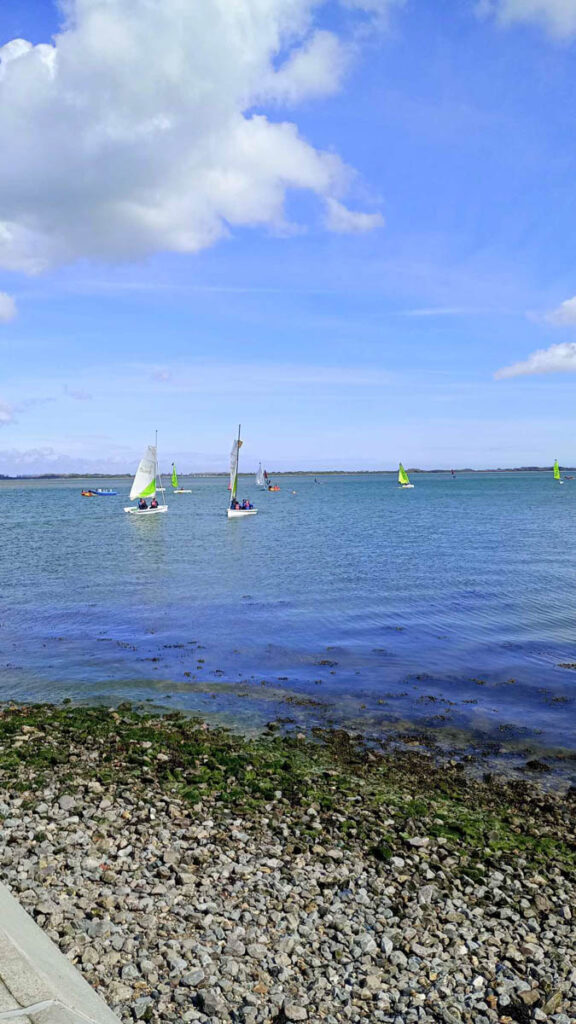
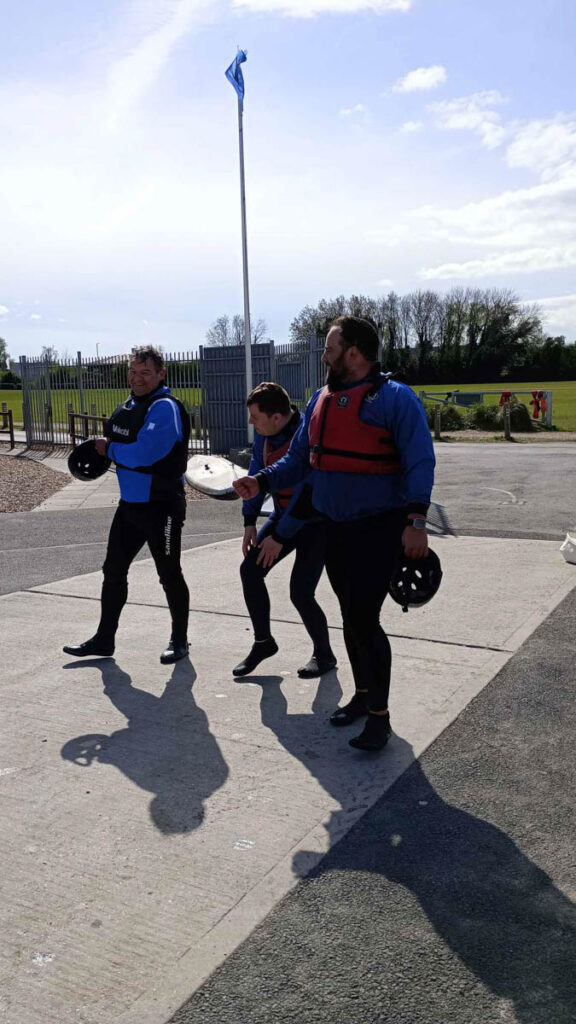
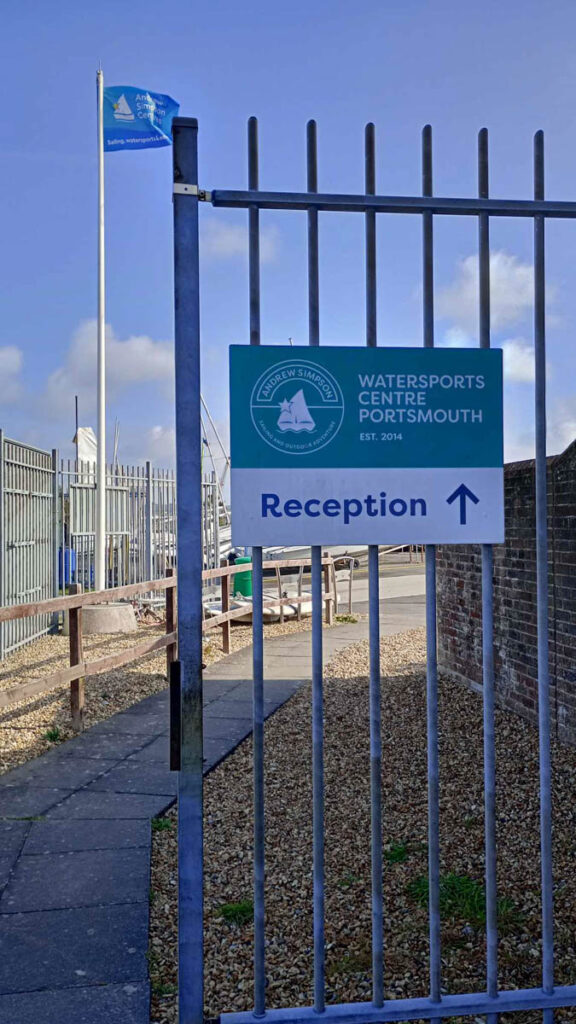
One of the main elements of the course is about control and we consider this always in diving. Are you in control of what you are doing and managing the conditions you are doing it in and keeping yourself safe. Sam not only has to consider this with the tasks but also with how his body responds to them which can sometimes be unpredictable.
Being able to read sugar levels and therefore have medical equipment onboard to do that along with hypo treatment and medicine are more essentials required to train for Type 1’s.
The setting of this facility is on an easily accessibly slipway which makes getting in and out of the water possible for people with all abilities. A viewing tower close by mean that the centre staff have eyes on students at all times and are able to communicate with each other about passing boat traffic, changing weather conditions and student needs and support. This is another key factor for students like Sam who at times may need extra support during any medical emergencies. It is reassuring to know that help is on standby at all times.
Choosing the right centre to train with is as big a decision as taking on the course in the first place. High standards are obvious here and it really is a selling point. Great class rooms, fantastic equipment, high quality trainers and much more.



